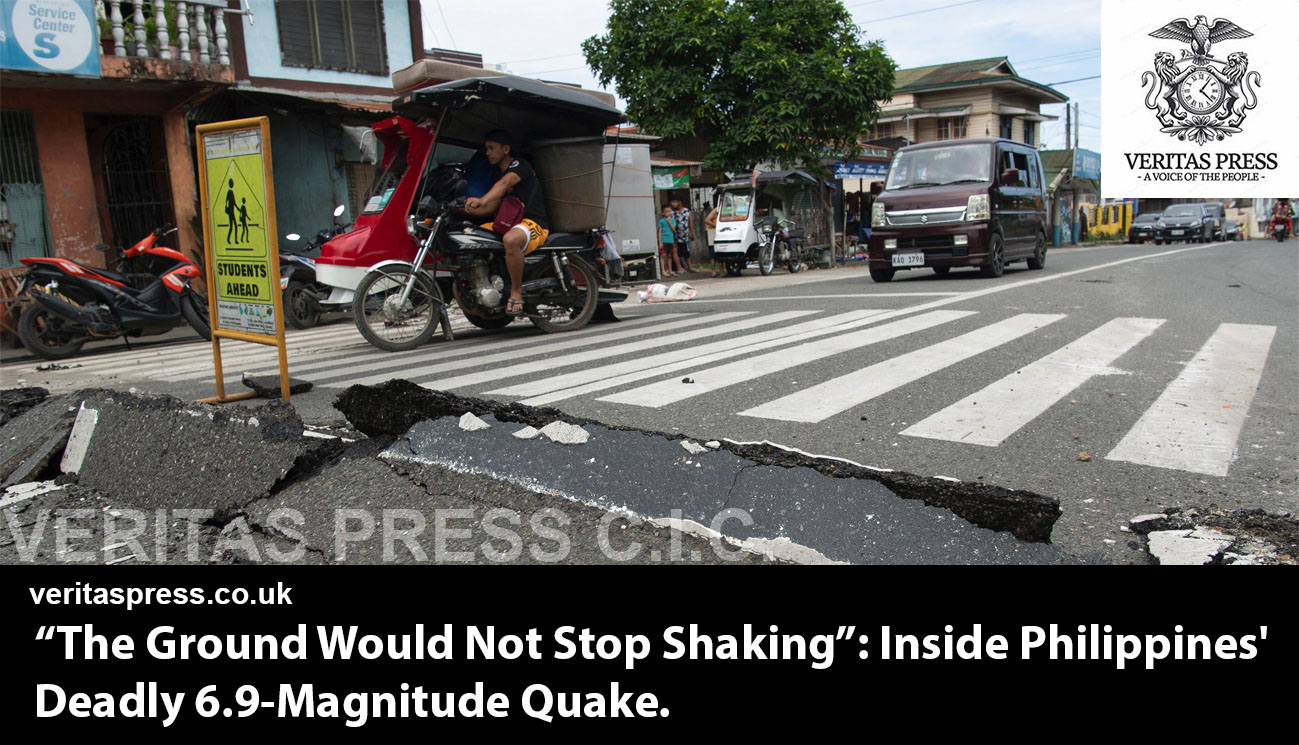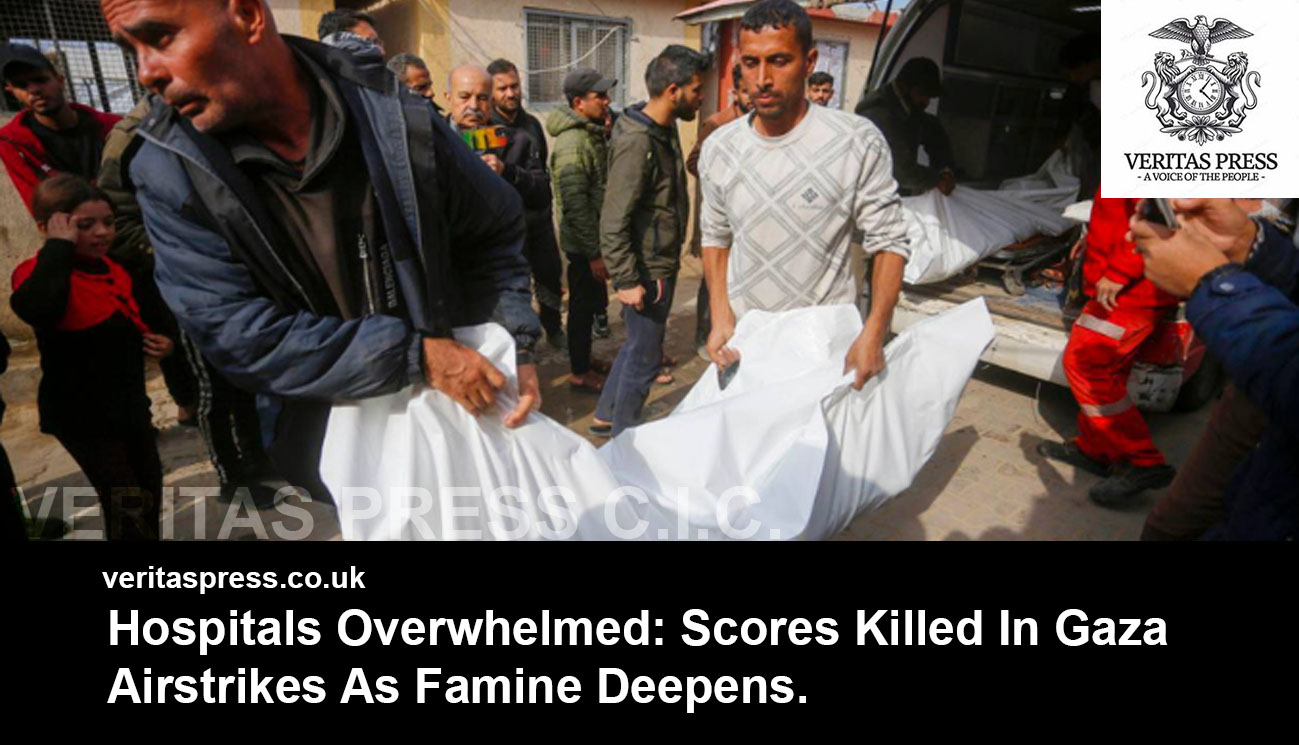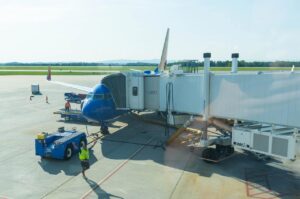Press Release: Veritas Press C.I.C.
Author: Kamran Faqir
Article Date Published: 01 Oct 2025 at 10:55 GMT
Category: South Pacific | Philippines | 6.9 magnitude earthquake
Source(s): Veritas Press C.I.C. | Multi News Agencies
Business Ads
CEBU, PHILIPPINES — October 1, 2025, When the ground ripped open beneath northern Cebu just before 10 p.m. Tuesday night, it left behind scenes of devastation not seen in the region for decades. By Wednesday morning, the official death toll had climbed to 69, with over 150 people injured and many more feared trapped under rubble.
In towns like Bogo City, San Remigio, Medellin and Tabogon, families dug through debris with their bare hands while exhausted medics tended to survivors in overwhelmed hospitals. Rescue teams from across the Visayas arrived as aftershocks continued to rattle the island.
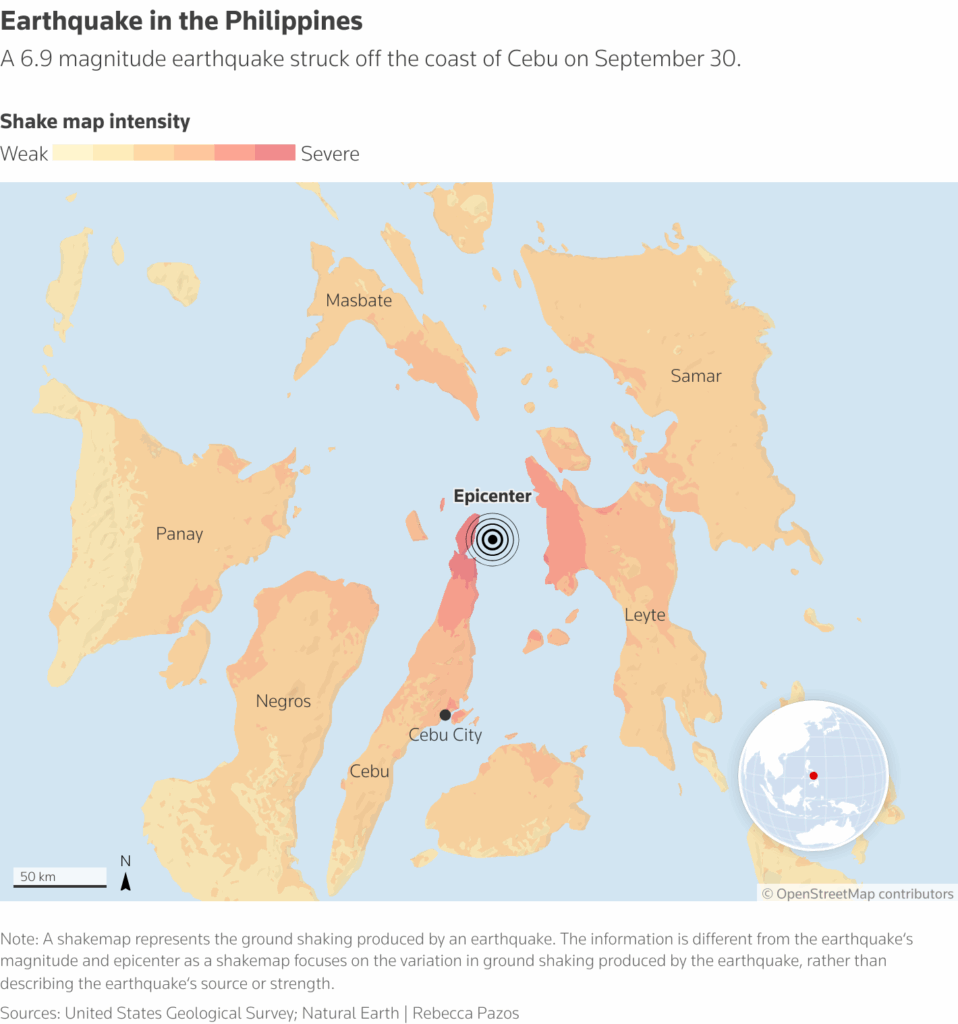
A Shallow Monster:
The Philippine Institute of Volcanology and Seismology (PHIVOLCS) said the quake struck at a shallow depth of about 5 to 10 km, with an epicentre roughly 21 km northeast of Bogo City. The U.S. Geological Survey initially pegged it at magnitude 7.0 before revising to 6.9.
“Shallow earthquakes are the most dangerous,” explained Winchelle Sevilla, PHIVOLCS chief seismologist. “The seismic energy is released very close to the surface, so communities near the epicentre feel the strongest shaking. In this case, the damage was magnified by weak building structures and the recent typhoons that already weakened the infrastructure.”
Seismologists noted that the event likely originated from a previously quiet fault line in northern Cebu. “This fault had not produced a major quake in centuries,” Sevilla added, “which is why many locals never imagined something like this happening here.”
The Human Toll:
The Office of Civil Defence confirmed 30 deaths in Bogo City, 22 in San Remigio, 10 in Medellin, five in Tabogon, and one each in Sogod and Tabuelan. Among the dead were children and young people who had been playing basketball when the roof of a sports complex collapsed mid-game.
In Bantayan Island, the centuries-old St. Peter and Paul Church crumbled. In Bogo, a fast-food chain collapsed, trapping diners and staff. Vice Mayor Alfie Reynes of San Remigio issued a desperate plea: “We need food, water, medicine and heavy equipment. It is raining heavily, we have no electricity, and our water supply lines are broken.”
Local hospitals quickly filled beyond capacity. Raffy Alejandro of the Civil Defence Office said, “The hospital in Bogo City is overwhelmed. We are rushing medical teams from the coast guard and military to provide reinforcements.”
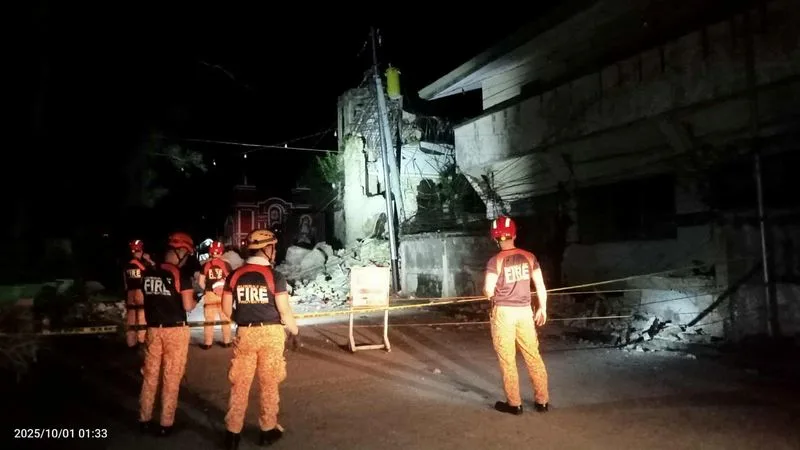
Life In The Aftershocks:
By midday Wednesday, PHIVOLCS had logged over 700 aftershocks, including one as strong as magnitude 6.0. Scientists warned this sequence could continue for days or weeks.
“The danger is not over,” said Dr. Mahar Lagmay, geologist and director of the UP Resilience Institute. “Aftershocks can destabilise already damaged buildings, causing secondary collapses. People should not re-enter compromised structures.”
Residents described terrifying moments when aftershocks struck. In Pilar town, Archel Coraza said: “We were asleep when the walls started shaking violently. I woke my family, and we ran outside barefoot. The ground would not stop moving.”
A Country in Crisis:
The disaster struck barely a week after Super Typhoon Ragasa battered the Philippines, killing dozens and destroying homes. Many of those affected by the quake were already living in weakened houses or temporary shelters.
President Ferdinand Marcos Jr. ordered his cabinet to Cebu and promised swift aid. “We are assessing the damage, we are assessing the needs,” he said, while distributing relief on Masbate Island. The Philippine Coast Guard dispatched a ship carrying doctors and nurses, and the Armed Forces sent engineering battalions to clear debris.
Despite this mobilisation, aid workers warned that northern Cebu faced acute shortages of drinking water, electricity, and shelter, raising fears of disease outbreaks in evacuation centres.
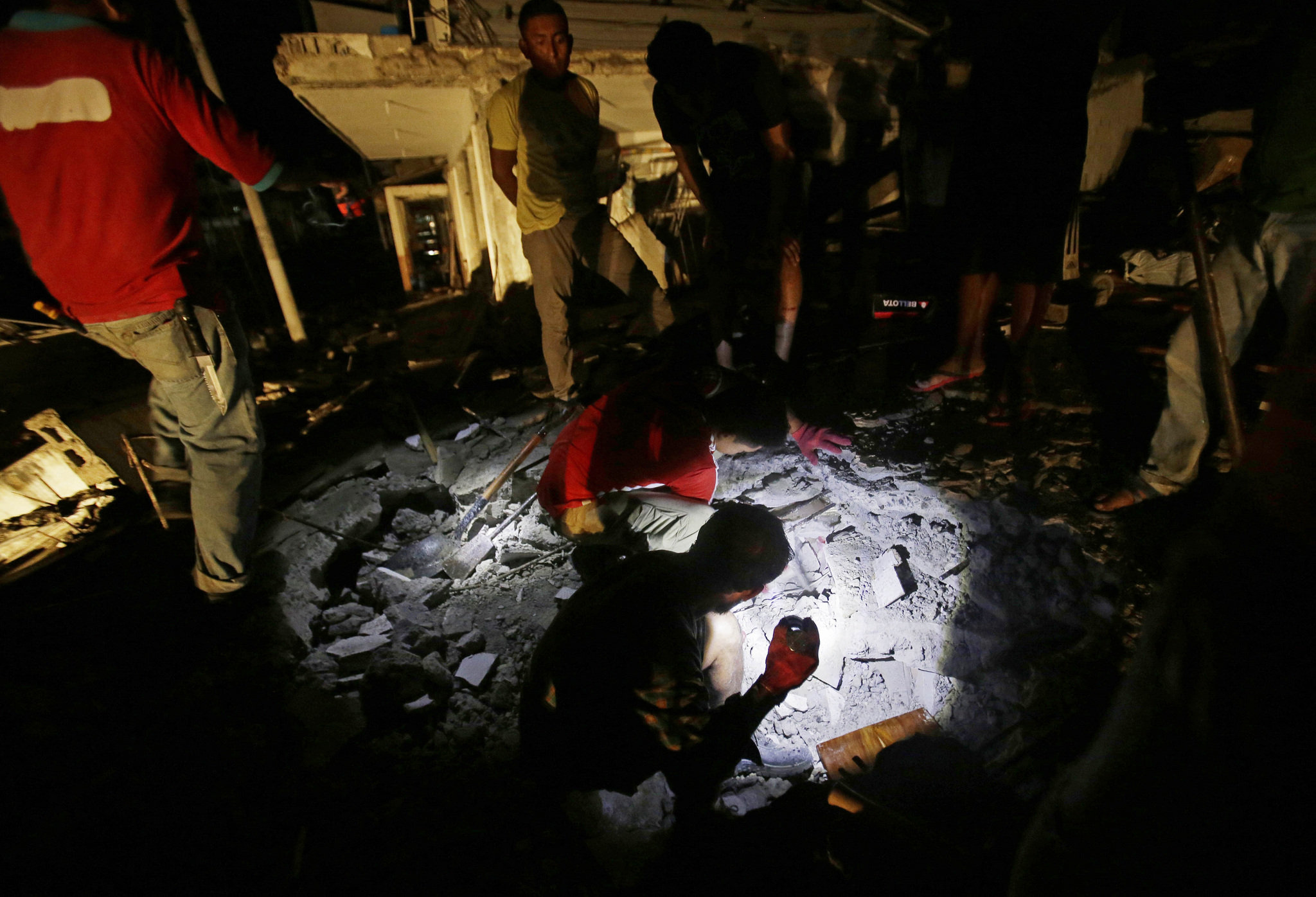
Science, Seismic Risk, And Forgotten Faults:
Seismologists stressed that Tuesday’s quake underscores the Philippines’ vulnerability as part of the Pacific “Ring of Fire”, where earthquakes and volcanic eruptions are frequent.
“Many active faults remain under-studied,” said Dr. Alfredo Mahar Lagmay, pointing to offshore zones that are difficult to monitor. “The northern Cebu fault system is not well mapped, which is why this event caught many off guard. Hazard mapping and building-code enforcement are critical.”
A 2023 study on Philippine seismic risk noted that low-to-mid-rise concrete structures in rural towns remain highly vulnerable due to substandard materials and a lack of retrofitting. Experts now fear that churches, schools, and municipal buildings across Cebu could fail in future quakes if not reinforced.
The Bigger Picture: Preparedness Gaps.
While government agencies conducted earthquake drills earlier this year, disaster officials admitted preparedness in northern Cebu was “limited.” Local councils had no heavy search-and-rescue equipment, forcing reliance on national reinforcements.
“The Philippines has world-class seismologists, but our problem is implementation,” said Prof. Renato Solidum, Secretary of the Department of Science and Technology. “We know the hazards. We just haven’t invested enough in risk reduction. This earthquake should be a wake-up call.”
Outlook: A Long Road To Recovery.
For now, the immediate task is survival. Rescue workers continue combing through collapsed buildings, even as aftershocks shake their footing. Families mourn in makeshift shelters under heavy rains.
San Remigio Mayor Mariano Martinez summarised the grim reality: “Our first task is to find the missing. But even after that, thousands of families will need food, water, and new homes. Recovery will take years, not months.”
Advertisements
Tags:








